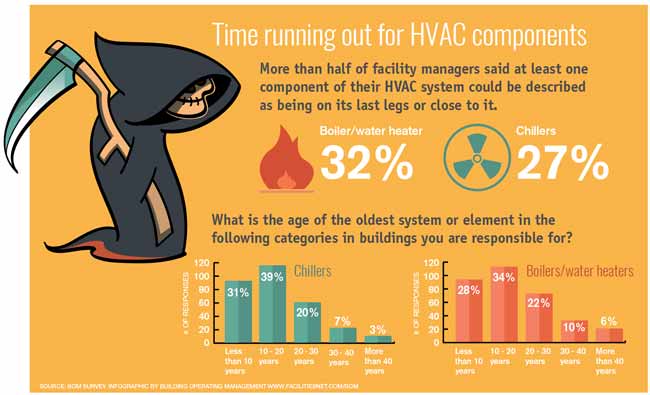Discover The Key Strategies To Enhance The Performance And Lifespan Of Your Heatpump System By Avoiding Typical Installation Mistakes
Discover The Key Strategies To Enhance The Performance And Lifespan Of Your Heatpump System By Avoiding Typical Installation Mistakes
Blog Article
Write-Up Produced By-Dowling Gillespie
When mounting a heat pump, you must steer clear of usual blunders that could threaten its effectiveness. Ignoring appropriate sizing may lead to inadequacies and greater energy costs. Disregarding insulation and securing could result in power wastefulness and strain on the device. Moreover, placing the exterior system improperly may affect its efficiency. By preventing these mistakes, you can make certain optimum functioning and sturdiness of your heatpump system.
Improper Sizing of Heat Pump
When it involves the installment of heatpump, one of one of the most common mistakes is poorly sizing the system for your area. Guaranteeing the appropriate dimension is essential for ideal performance. If the heat pump is also little, it will have a hard time to warmth or cool your area successfully, leading to raised energy costs and possible damage on the system.
On the other hand, if the heatpump is too large, it will certainly cycle on and off often, creating temperature level fluctuations and lowering its lifespan.
To avoid this blunder, it's vital to have a professional analyze your room and suggest the suitable size of the heat pump based upon factors like square video, insulation, ceiling height, and regional climate. By investing the time and effort to ensure the appropriate sizing, you can appreciate a comfy atmosphere while taking full advantage of power performance and prolonging the lifespan of your heatpump.
Inadequate Insulation and Sealing
To guarantee the efficient operation of your heatpump, it's critical to attend to insufficient insulation and securing in your room. Proper insulation assists preserve a constant temperature inside your home, lowering the workload on your heatpump. Poor insulation can lead to power loss, making your heat pump job harder and much less effectively.
Sealing any kind of spaces or leaks in your area is just as vital. These voids permit conditioned air to run away and exterior air to leak in, forcing your heatpump to compensate for the temperature fluctuations.
Wrong Placement of Outdoor Unit
Addressing the positioning of your heatpump's exterior system is key to maximizing its performance. Installing the outdoor system in an incorrect area can bring about efficiency issues and possible damage to the system.
One common mistake to prevent is placing the outdoor unit too near a wall or other structures. https://building-exterior-cleanin17384.activoblog.com/31522488/how-to-select-the-most-effective-heat-pump-repair-work-service-crucial-questions-to-posture can limit airflow, triggering the system to function more challenging to warmth or cool your space, inevitably reducing its efficiency and life-span.
https://best-hvac-air-conditionin42849.liberty-blog.com/30606271/are-you-astonished-by-uncommon-sounds-and-fluctuating-temperatures-originating-from-your-heatpump to avoid is positioning the outdoor device in direct sunshine. While https://www.consumerreports.org/personal-care/what-to-know-about-wigs-for-cancer-patients-a6586018801/ is inevitable, too much direct exposure can bring about getting too hot, particularly throughout warm summer days. It's finest to place the outside unit in a shaded location to assist preserve its ideal operating temperature level.
In addition, ensure that the outside device is placed on a secure and degree surface. Uneven ground can cause vibrations and unnecessary strain on the system, influencing its efficiency with time.
Final thought
In conclusion, preventing usual errors during heatpump installment is crucial for optimizing performance and longevity of your system. By making certain proper sizing, adequate insulation, sealing, and correct positioning of the exterior unit, you can protect against issues such as ineffectiveness, enhanced power costs, and strain on the system. Putting in the time to attend to these essential elements will eventually conserve you time and money over time.
